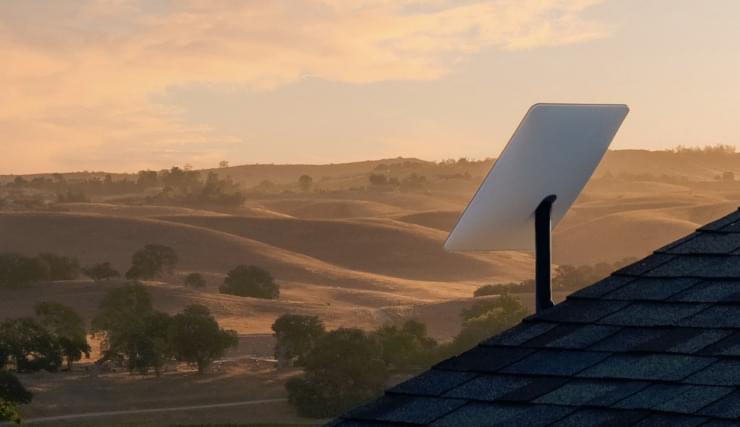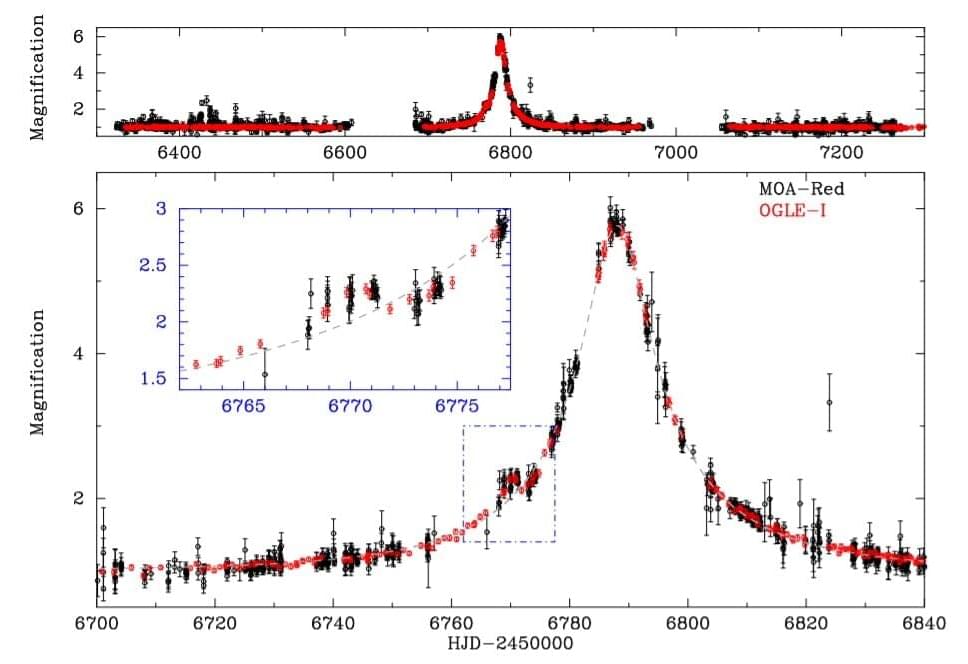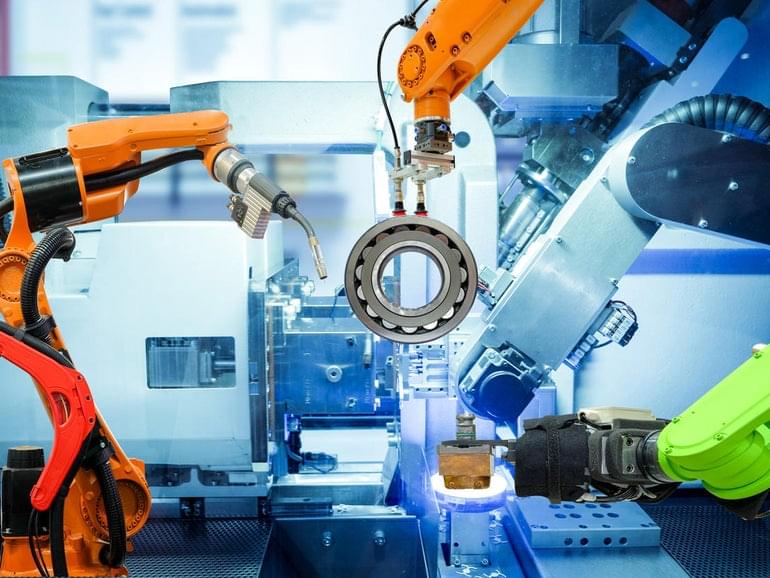Cloud computing and blockchain industries may very well have one property in common; both are growing rapidly while having the potential to revolutionize their respective fields. However, up until now, pioneers within the two industries have not yet found a common interest. That could soon change as projects have started embracing the idea of integrating the blockchain into the cloud computing sector, and we could soon see a future of endless possibilities.
The game-changing development could mean big things for both industries. The development of the cloud computing sector has been aided by several elements, including the increasing use of mobile devices and data storage and processing capability. However, the integration of blockchain technology into the cloud computing industry could turn out to be one of the most significant drivers of the age of cloud computing.



